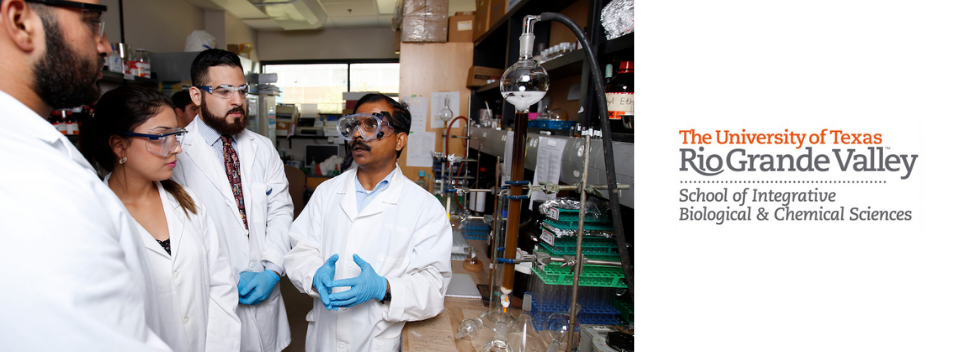
School of Integrative Biological & Chemical Sciences Faculty Publications and Presentations
Document Type
Article
Publication Date
6-2022
Abstract
Tall fescue (Festuca arundinacea Schreb.) is a popular pasture and turf grass particularly known for drought resistance, allowing for its persistence in locations that are unfavorable for other cool-season grasses. Also, its seed-borne fungal symbiont (endophyte) Epichloë coenophiala, which resides in the crown and pseudostem, can be a contributing factor in its drought tolerance. Because it contains the apical meristems, crown survival under drought stress is critical to plant survival as well as the endophyte. In this study, we subjected tall fescue plants with their endophyte to water-deficit stress or, as controls with normal watering, then compared plant transcriptome responses in four vegetative tissues: leaf blades, pseudostem, crown, and roots. A transcript was designated a differentially expressed gene (DEG) if it exhibited at least a twofold expression difference between stress and control samples with an adjusted p value of .001. Pathway analysis of the DEGs across all tissue types included photosynthesis, carbohydrate metabolism, phytohormone biosynthesis and signaling, cellular organization, and a transcriptional regulation. While no specific pathway was observed to be differentially expressed in the crown, genes encoding auxin response factors, nuclear pore anchors, structural maintenance of chromosomes, and class XI myosin proteins were more highly differentially expressed in crown than in the other vegetative tissues, suggesting that regulation in expression of these genes in the crown may aid in survival of the meristems in the crown.
Recommended Citation
Chakrabarti, Manohar, Padmaja Nagabhyru, Christopher L. Schardl, and Randy D. Dinkins. "Differential gene expression in tall fescue tissues in response to water deficit." The Plant Genome 15, no. 2 (2022): e20199. https://doi.org/10.1002/tpg2.20199
Creative Commons License

This work is licensed under a Creative Commons Attribution-NonCommercial-No Derivative Works 4.0 International License.
Publication Title
The Plant Genome
DOI
10.1002/tpg2.20199


Comments
This article has been contributed to by US Government employees and their work is in the public domain in the USA.
This is an open access article under the terms of the Creative Commons Attribution-NonCommercial-NoDerivs License, which permits use and distribution in any medium, provided the original work is properly cited, the use is non-commercial and no modifications or adaptations are made.